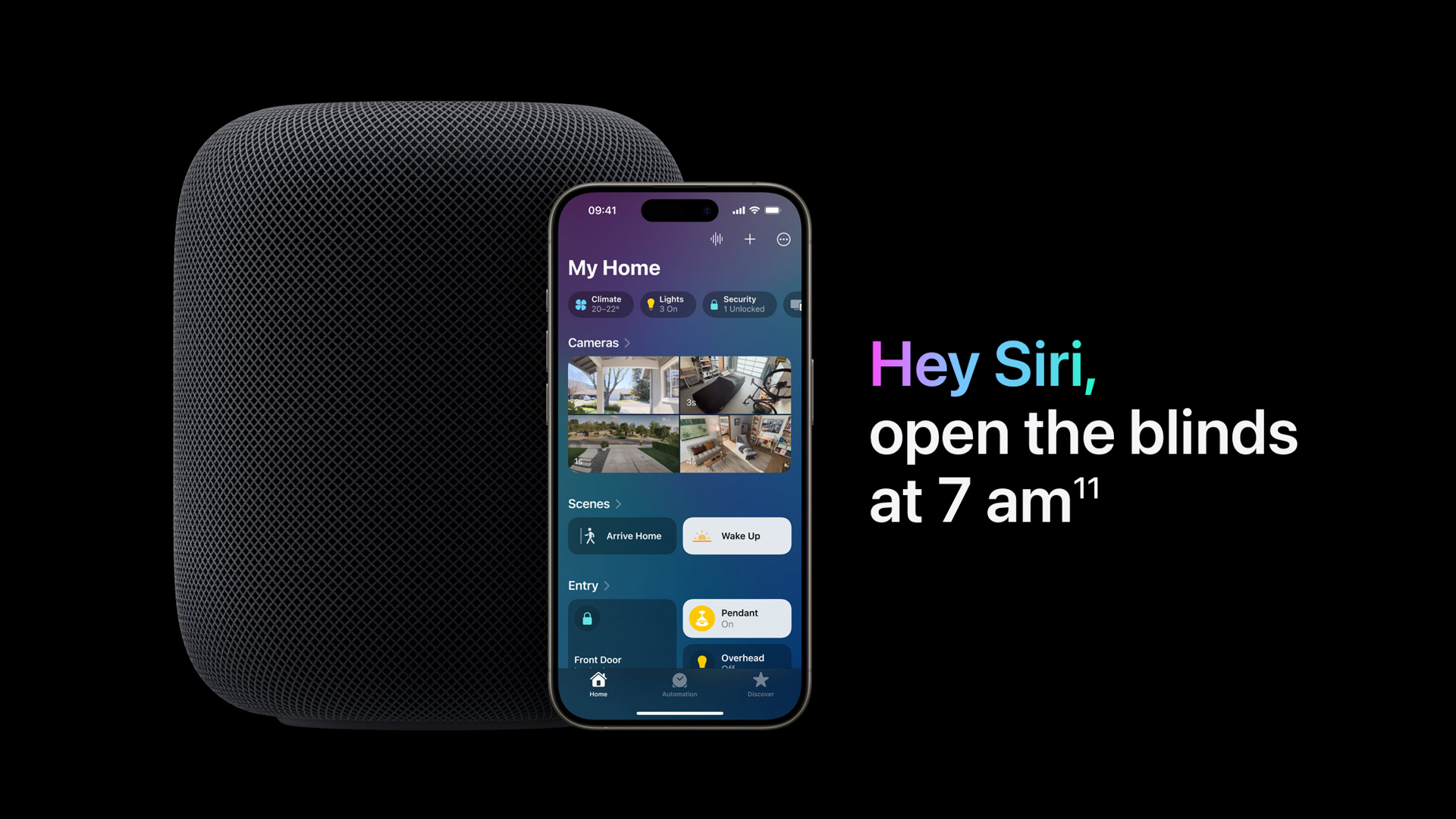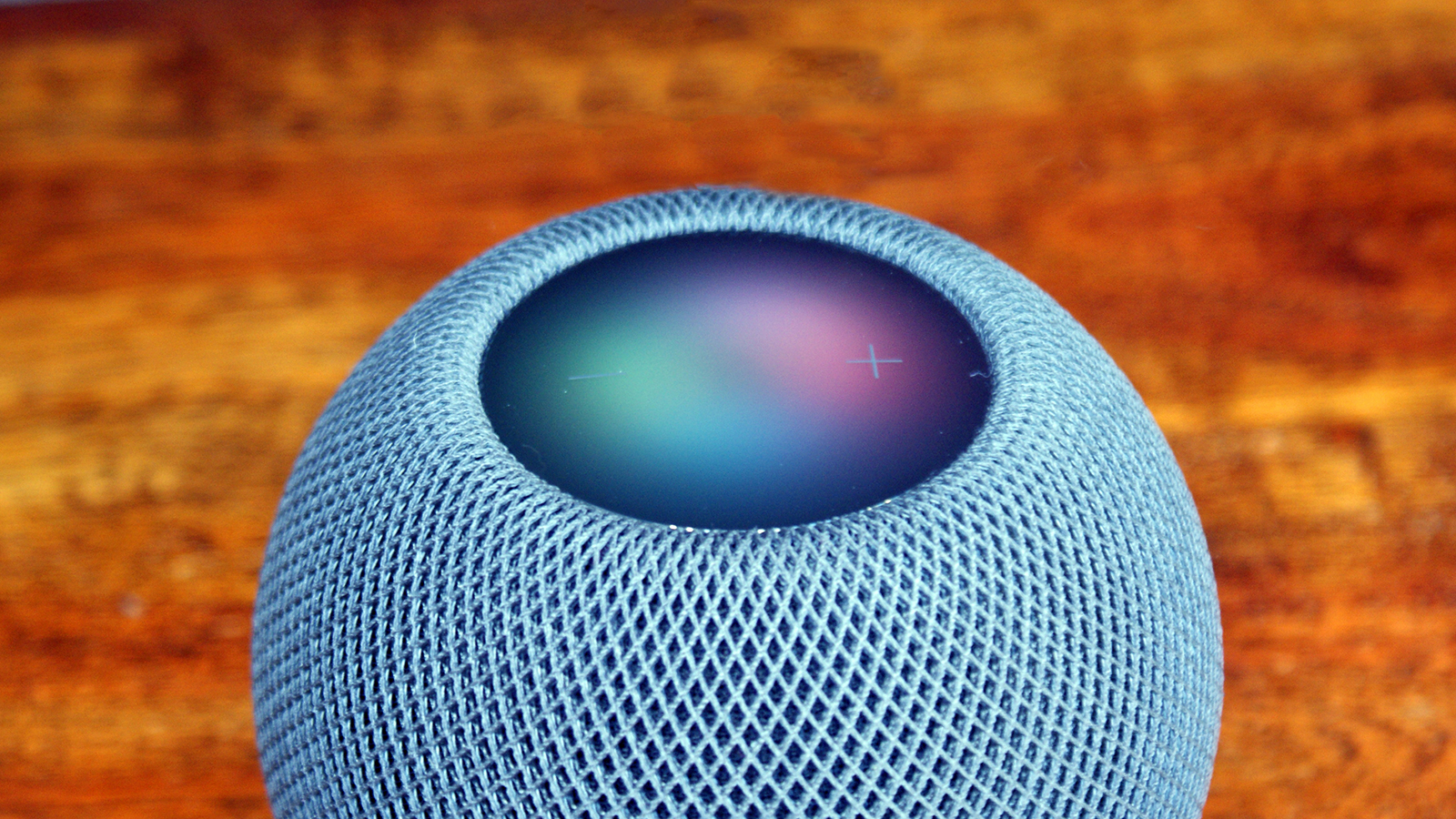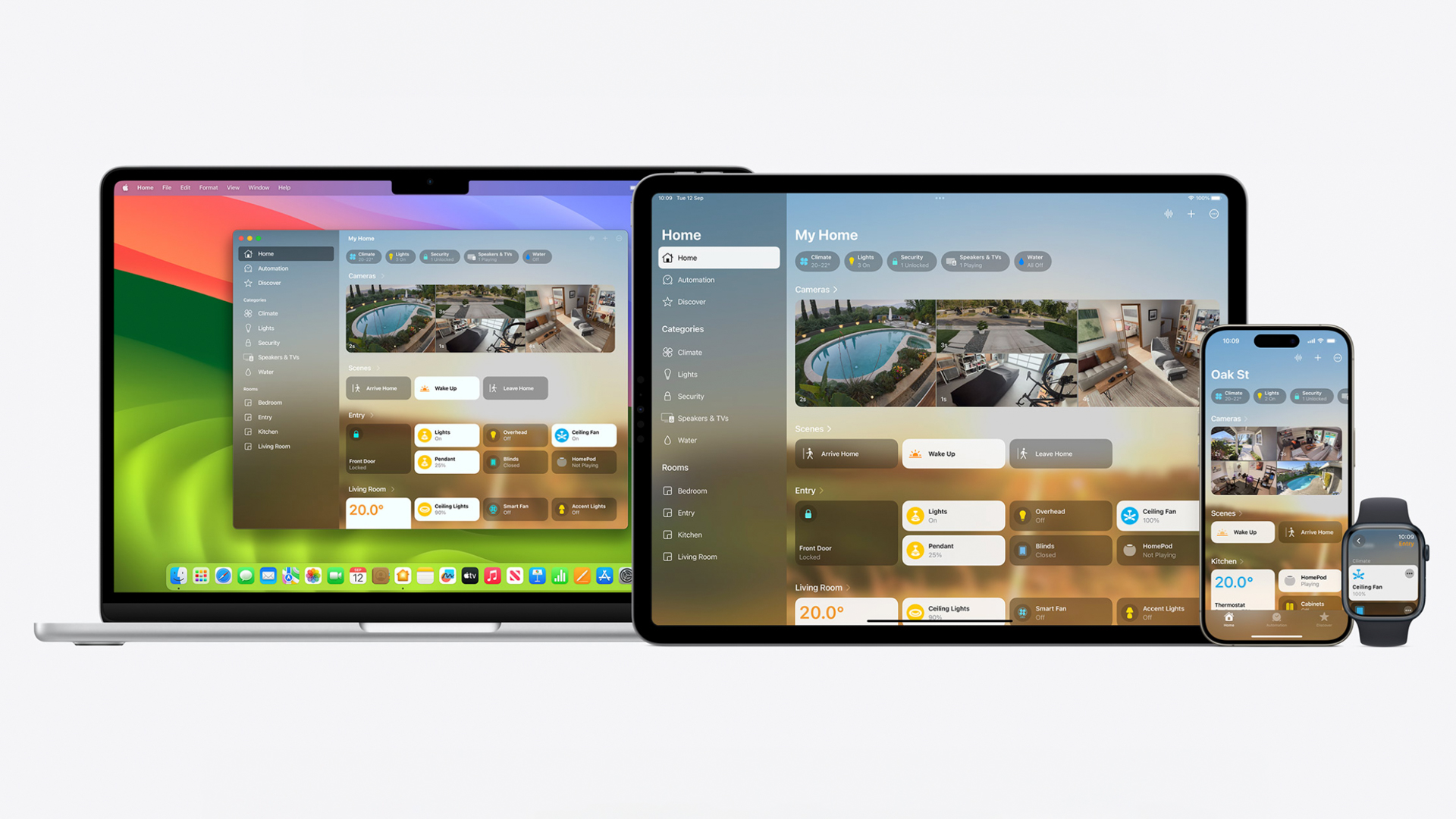Even Apple Intelligence can’t save the smart home if Apple won’t fix its infuriating Home app
Why is Apple Home the worst app on my iPhone?

With WWDC in the rearview and very few updates to Apple Home and HomeKit, I’ve got a serious bone to pick with Apple.
For my sins, I’m an Apple user in every device category barring headphones (I cannot be trusted not to lose a pair of the best wireless earbuds), and, unfortunately, its smart home ecosystem.
That’s not to say I haven’t tried. After years of running an Amazon Echo-based setup featuring some of the best smart speakers powered by Alexa, I decided home should be where the heart is and began migrating my smart home with an Apple HomePod Mini as a hub late last year.
What I found, however, was a frustrating in-app UI, a broadly useless voice assistant, and shedloads of simple enough features I’d expect at Apple’s level of smart home and software maturity.

There’s no place like Apple Home
There are a plethora of issues myself and many would-be Apple Home fans have with the app and its communication standard, Apple HomeKit.
Whether it’s that Siri seems to be hard of hearing or will more often palm you off onto your phone rather than answer your queries itself, the fact you can’t customize aspects of your smart home or even choose a primary hub, or that you can’t set up user profiles with granular, device-level access for one of the best HomeKit compatible devices, the Apple Home experience leaves much to be desired; and especially when compared to its biggest competitors, Google and Amazon.
Even the UI is decidedly non-Apple, with certain areas of the app like the Automations page becoming easily cluttered and hard to manage. There’s no graphic visualization from devices that generate data, and worst of all the app is prone to bugs for many users. I'm included in that group; one of my connected smart lights in Apple Home experienced an issue when my WiFi router was reset, and now I am seemingly incapable of re-adding or even using the lights even after resetting them.
Get daily insight, inspiration and deals in your inbox
Sign up for breaking news, reviews, opinion, top tech deals, and more.
Chief among my criticisms, however, is the fairly dire state of automations. For me, this is the shtick that first piqued my interest in smart home way back when I was but a wee tech baby. Frankly, I don’t want to even speak to make things happen around my home when the technology exists to do it without me asking.
However, Apple’s approach to home automation is lagging significantly. Aside from being incredibly unreliable in my experience, automations in Apple Home lack granularity, with conditional programming being near non-existent and a total lack of diagnostics to identify why something has gone wrong.
Most frustrating of all when it comes to automations is that we know it’s possible; look at Apple’s Shortcuts and Automations. I use Shortcuts on my iPhone every day, as well as Automations that customize some of the most-used features on my iPhone, but little of the smarts found in these features seem to have carried across to Apple Home. Even the ability to trigger Shortcuts from the Home app would be enough to keep me invested, but alas, all remains quiet on this front.
None of the biggest Apple Home issues are exclusive to the Silicon Valley giant, but a frustrating number of them all occur alongside one another, enough to make me rethink my Amazon to Apple switch. Thus, after just three months and with a heavy heart, I retired my Apple Home setup, leaving my poor HomePod to whither as an overqualified home speaker; better that than an underqualified smart home controller.

Don’t forget where you came from
I have to hope there’s a genuine reason for Apple’s slow progress in smartening Apple Home. Whether it’s something to do with Apple’s laser-focused (and much appreciated) approach to privacy, a momentary pause to allow AI to catch up, or a desire to fully flesh out the multi-user aspect of smart home - I’d take any excuse, at this point, to understand why investment into reshaping Apple Home has been so withering.
We’ve been tantilized with leaks, rumors, and iterative updates for years now. Whether it’s rumors of Apple’s new HomePod with a screen, a leak hinting towards a new homeOS platform, or a new secret radio inside Apple's new Macs and iPads which could unlock smart home potential, there’s been plenty of speculation. Still, all we officially heard from WWDC 2024 was that robot vacuums will be getting better functionality in the Home app as part of its Matter 1.3 rollout, an expansion to the Guest Access feature, and home energy monitoring coming directly to the Home app.
Noticeably, there was no mention of Apple Intelligence for HomePods or Apple TV, which also means we’re not likely to see a smarter Siri come to existing Apple devices this side of 2025 - however it’s fair to expect this is due to the hardware needing an update, and that we might just see devices next year capable of controlling your home with Siri 2.0. Hopefully, that'll mean the rumored HomePod with a screen will come to fruition, but there are still doubts that Apple is interested in investing in smart home hardware.
Apple’s focus on privacy and security is certainly a continued draw to its smart home ecosystem, as is its approach to cross-device compatibility and the sheer quality of both the HomePod and HomePod Mini speakers.
The issue is, we just don’t know, and for me, that means I can’t reliably invest in an Apple-first smart home just now. And, as the market continues to grow and become more competitive, this could be detrimental to Apple’s share of the smart home pie - a fate Google seems to have resigned itself, too, with its slow hardware release cycle.
Still, I can’t let go of the idea that someday I might see Apple fully invest in its smart home offering, and when it does I hope that it’s with the same level of attention and care it pays to its other operating systems and apps. For now, though, I’ll be keeping Apple Home in my designated home screen folder of pre-installed Apple apps I’ve got no plans to use right now.
You might also like

Josephine Watson (@JosieWatson) is TechRadar's Managing Editor - Lifestyle. Josephine is an award-winning journalist (PPA 30 under 30 2024), having previously written on a variety of topics, from pop culture to gaming and even the energy industry, joining TechRadar to support general site management. She is a smart home nerd, champion of TechRadar's sustainability efforts as well and an advocate for internet safety and education. She has used her position to fight for progressive approaches towards diversity and inclusion, mental health, and neurodiversity in corporate settings. Generally, you'll find her fiddling with her smart home setup, watching Disney movies, playing on her Switch, or rewatching the extended edition of Lord of the Rings... again.